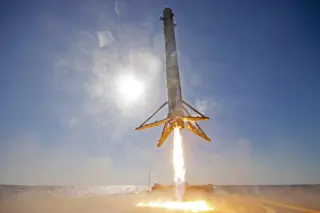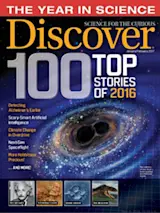Since the dawn of the Space Age, science fiction enthusiasts have fantasized about reusable rockets. Over the past year, Elon Musk and his company, SpaceX, made those visions a reality. Now, the tech mogul has his sights set on a bigger, redder prize.
SpaceX has tried four times in the past two years to land one of its Falcon 9 rockets at sea; each exploded. But in April, a Falcon 9 successfully touched down on a drone ship in the Atlantic — a first — after ferrying cargo to the International Space Station (ISS). Months earlier, in December 2015, SpaceX pulled off its first land touchdown, at Cape Canaveral. The company was planning to relaunch one of those successfully landed Falcon 9s for the first time in late 2016 or early 2017.
Musk hopes reusable rockets will make colonizing Mars an affordable reality. In April, the space entrepreneur said he’ll ...















